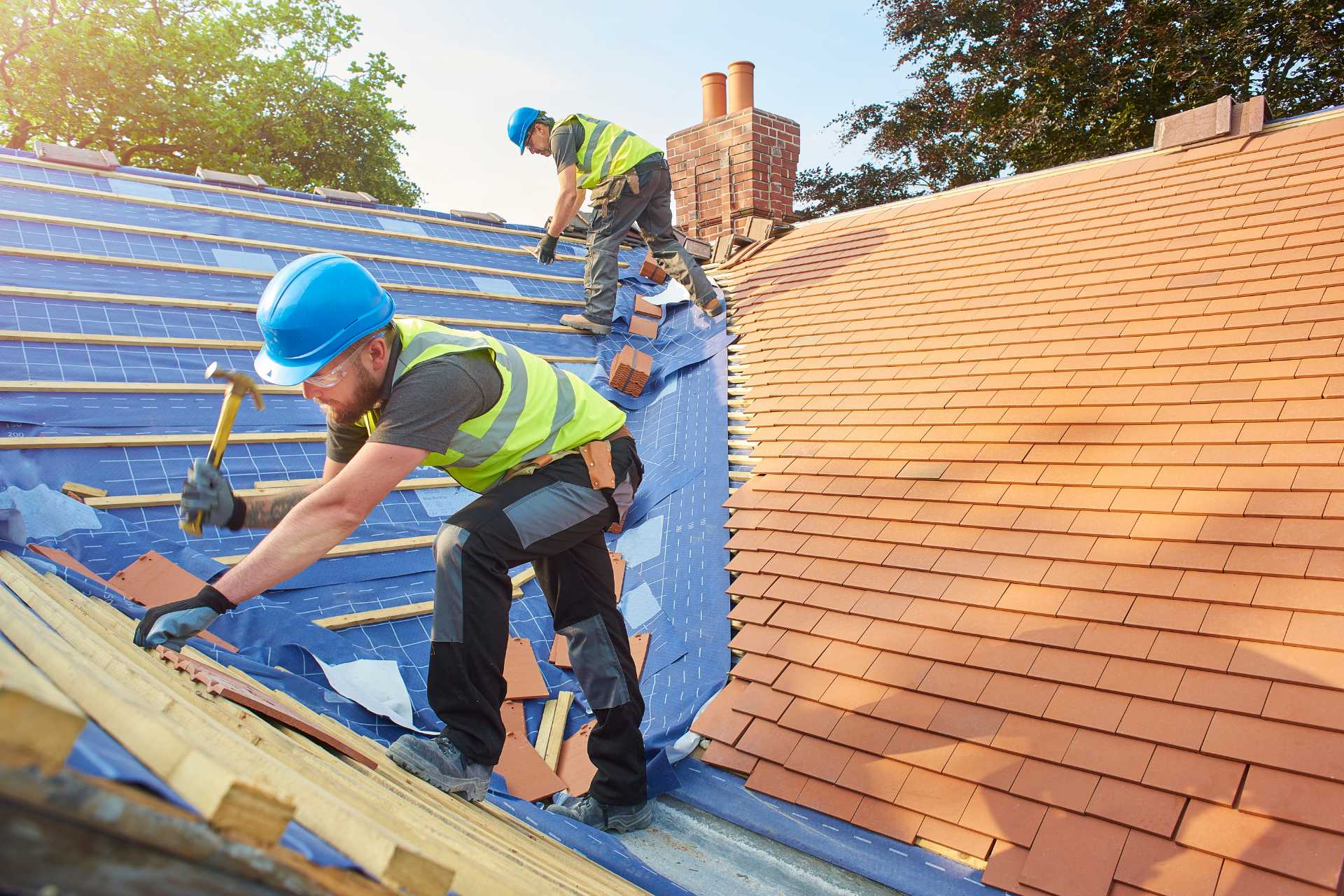When it comes to roofing, metal stands out for its longevity and durability. However, the lifespan and performance of a metal roof heavily depend on the quality of its installation. That’s why understanding the best practices for metal roof installation is crucial. A well-installed metal roof not only enhances the aesthetic appeal of your home but also provides a high level of protection and efficiency.
Understanding Metal Roofing
Metal roofing comes in a variety of materials including aluminum, steel, and copper, each offering distinct advantages. Aluminum, for instance, is lightweight and highly resistant to corrosion, making it ideal for coastal areas. Steel, known for its strength, offers exceptional durability and is often coated for added resistance against the elements. Copper, while more expensive, delivers an unparalleled level of durability and a unique aesthetic that ages beautifully over time. The choice of material can significantly impact both the installation process and the longevity of your roof.
Pre-Installation Considerations
Choosing the Right Material
Selecting the right metal roofing material involves considering your local climate, the design of your building, and your budget. Each material offers different levels of durability, cost, and aesthetic appeal. Understanding these aspects helps in making an informed decision, potentially leading you to consider a guide to metal roof replacement to fully understand the range of options available.
Accurate Measurements and Material Ordering
Accurate measurements are fundamental to ensuring that you order the correct amount of roofing material, thereby minimizing waste and ensuring proper coverage. It’s essential to include allowances for panel overlaps and edges which are crucial for a watertight installation.
Hiring Skilled Professionals
The importance of hiring experienced and certified installers cannot be overstated. Professional installers with a solid track record and necessary certifications can greatly enhance the quality of the installation, ensuring that your roof performs well for decades to come.
Installation Best Practices
Preparing the Roof Deck
A solid foundation is key to a successful metal roof installation. The roof deck must be clean, dry, and structurally sound. An appropriate underlayment should be used to enhance the roof’s durability and provide an additional layer of moisture protection.
Proper Alignment and Layout
Proper alignment of metal panels from the outset is crucial to avoid costly modifications later. Strategies for ensuring straight lines and proper panel alignment can make a significant difference in the appearance and functionality of the roof.
Securing the Panels
Using the correct fasteners and ensuring they are placed at consistent intervals prevents future issues such as leaks or panel uplift. It’s important to select fasteners that are compatible with the metal being used to avoid galvanic corrosion.
Sealing and Waterproofing
Properly sealing all joints, seams, and penetrations is critical to prevent water ingress. Using high-quality sealants and ensuring adequate flashing around penetrations like vents and chimneys can prevent leaks and extend the life of the roof.
Handling Expansion and Contraction
Metal roofs expand and contract with temperature changes. Installation methods should allow for this thermal movement to prevent structural damage. Using clips that allow panels to move slightly can be an effective solution.
Edge and Ridge Details
Proper installation of edges, ridges, and cap pieces is not only important for the roof’s function but also for its aesthetic finish. Ensuring these elements are properly secured and sealed is essential to protect against water intrusion and wind uplift.
Post-Installation Care and Maintenance
After installation, an initial inspection by the installer can ensure that everything is correctly in place. Regular maintenance, such as clearing debris and inspecting for any signs of damage, can help in maintaining the integrity and longevity of the roof.
Common Installation Mistakes to Avoid
Common mistakes during metal roof installation include improper fastener installation, poor sealing, and incorrect alignment. These errors can compromise the roof’s integrity and shorten its lifespan. Being aware of these potential pitfalls can guide installers and homeowners in achieving a better installation outcome.
Wrapping Up: Maximizing Your Metal Roof’s Potential
A properly installed metal roof is a wise investment that offers numerous benefits. From its ability to withstand harsh weather to its minimal maintenance requirements, there are many benefits of metal roofing that might make you want to switch. Understanding and following best installation practices is key to ensuring that your metal roof provides maximum protection, efficiency, and aesthetic value for many years to come.

